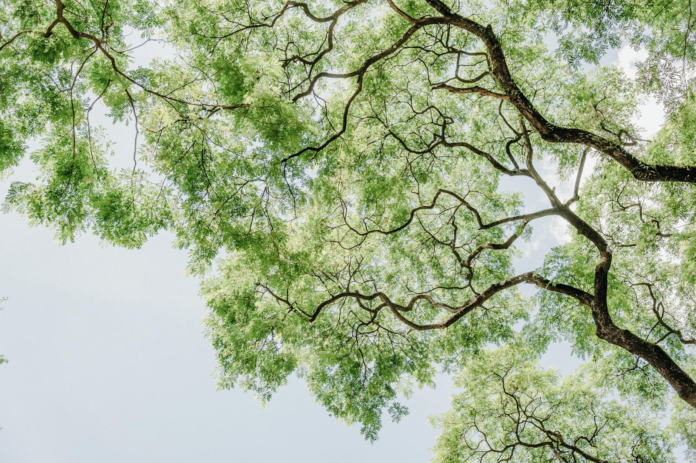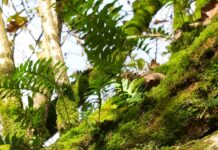The UK’s most endangered trees
Britons are being encouraged to help conservation efforts by understanding and protecting endangered tree species.
Ecologists from Arbtech are encouraging Britons to help conservation efforts by understanding the cause of endangerment and recognising some of the most vulnerable species.
Changes in preferences, climate change, and the emergence of new pests have significantly contributed to the decline of many plant and tree species across the UK.
But protecting trees and conserving endangered species is vital, as they play a crucial role in maintaining the planet’s ecosystems, regulating water cycles, and stabilising soils.
Species like the Juniper tree are particularly important, serving as integral pillars of ecosystems by providing shelter and food for birds, caterpillars, and other wildlife.
A spokesperson for tree survey provider Arbtech says: “By bringing attention to some of the most endangered tree species in the UK, we are urging Britons to involve themselves in conservation efforts wherever possible.
“This could be as simple as looking after the plants and trees in your own back garden.
“Climate change, disease, insects, overgrazing and overharvesting all have a detrimental impact on so many vulnerable tree species. But these irreplaceable plants each have their own special place within the ecosystem.
“It’s important to be able to recognise the endangered species so we can prevent further habitat loss and help conservation efforts, which is why we wanted to share some of the most endangered species currently in the UK.”
Here are some of the endangered tree species in the UK, according to Arbtech:
- Arran Whitebeam (Sorbus arranensis)
Currently only found on the Isle of Arran in Scotland, the Arran Whitebeam is one of the rarest and most endangered species in the world. The species is key for biodiversity but is vulnerable to environmental changes, severe weather and overgrazing by sheep and cattle. Conservation initiatives are being made to restore the woodlands and remaining trees.
- Black poplar (Populas nigra subspecies betulifolia)
This is Britain’s rarest native timber tree, but can be found on floodpains and along ditches. Populations of the tree have declined in recent years, though it used to be a staple of the British landscape. The broad tree with a distinctive leaning trunk is a food source for caterpillars but is prone to fungal diseases including leaf rusts and poplar scab.
- Plymouth pear (Pyrus cordata)
The name of this tree derives from the fact it grows almost exclusively in Devon and Cornwall, around Plymouth and Truro. While its small fruits are inedible for humans, they provide an important food source for birds. The changing climate has contributed to the endangerment of this species. Plymouth pears are protected under the Wildlife and Countryside Act 1981.
- Maidenhair tree (Ginkgo biloma)
This species is the sole survivor of an ancient group of trees which outlived the dinosaurs, and has now received a Red List Status of ‘endangered’ from the International Union for Conservation of Nature (IUCN). The trees thrive in the UK’s temperate climate, and prefer well-drained soil, however due to deforestation the species are now endangered in the wild.
- Star magnolia (Magnoliastellata)
This is a small tree native to Japan, which has received a Red List Status of ‘endangered’ from the IUCN. While the species is endangered in the wild, it is commonly grown in UK gardens. Urbanisation has lead to a decline in the wild population of these trees. Britons can help by planting seed-raised plants, supporting nurseries that grow seed-raised plants and planting more native material.
- Juniper (Juniperus communis)
Without vital conservation work, this iconic species will likely become extinct. The much-loved evergreen produces black berries and needle-like leaves. The tree is valuable to wildlife as the branches provide a dense cover for nesting birds, and the fruit is eaten by a number of bird species. The tree is vulnerable to overgrazing and disease, and can be found scattered across the UK.
Help keep news FREE for our readers
Supporting your local community newspaper/online news outlet is crucial now more than ever. If you believe in independent journalism, then consider making a valuable contribution by making a one-time or monthly donation. We operate in rural areas where providing unbiased news can be challenging. Read More About Supporting The West Wales Chronicle



















